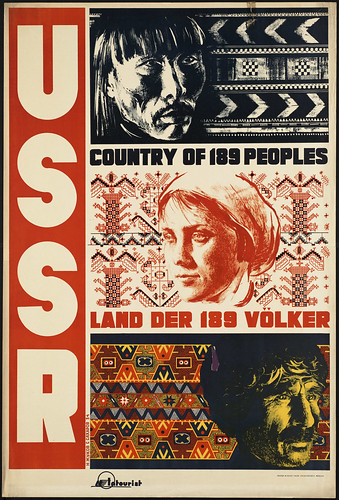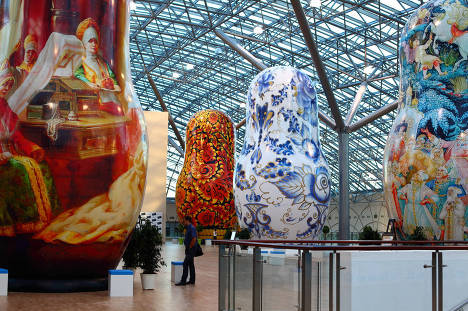At a small thrift shop over the weekend I discovered a small Russian Khokhloma lacquer (Хохломская роспись) spoon for sale. It was a great find. I am curious to know more about it's exact origins. As you can see in the photo, there is a small paper description wrapped around the handle. I cannot transcribe it exactly because the paper wraps around itself, obscuring some of the lettering.
The spoon rests on an American traditional quilt made by my grandmother in the 1970s. It is interesting to see the two styles contrasted against one another.







